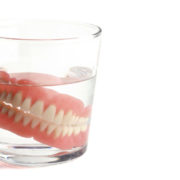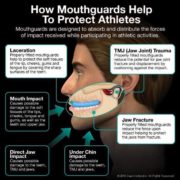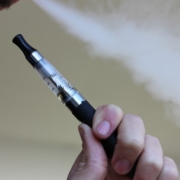Dental Cleaning – What to expect
Have you every gotten your invoice after your dental cleaning and wonder what the heck it all means? What on earth is prophylaxis… or root planning? What am I paying for?!
Recall/Recare exam
This exam is performed by your dentist – they will check any areas of concern noted by your hygienist, check your oral tissues, look at past x-rays as compared to your current ones, and check any other functional or aesthetic problems you wish to discuss.
Scaling
When using an ultrasonic scaler, a vibrating metal tip on the tool chips tartar off of your teeth above your gum line. Then, a water spray on the scaler washes away the tartar and flushes plaque from the gum pockets. Or, your hygienist will use a manual (not powered) hand scaler and scraping device to remove small remaining pieces of tartar.
Root Planning
Root planing is like tooth scaling except it takes place on the roots of your teeth that sit below your gum line.During root planing, your hygienist will use a tool to gently push aside your gum tissue and expose the surface of the roots. Then uses the same tooth scaling tools to chip tartar from the roots, making them smooth.
Prophy/Prophylaxis
This is what most people call “polishing”. A slow speed dental drill with a rubber cup attachment is dipped in a slightly abrasive polishing paste and used to clean and polish the teeth. It moves in a rotational pattern and feels similar to brushing your teeth.
Fluoride – Varnish/Trays/Rinse
Fluoride varnish: is a liquid form of fluoride that it brushed onto your teeth at the end of your cleaning appointment. It comes in many flavours and is the most effective form of fluoride application. Though you no longer leave the dentist with that squeaky clean feeling, you’re doing your tooth enamel a world of good!
Fluoride Trays: Your hygienist places a thin ribbon of the fluoride gel into each upper and lower fluoride tray. The trays are seated on the upper and lower teeth and remain in place for 5 minutes. Only a small amount of fluoride should come out of the base of the trays when they are placed, otherwise, there may be too much fluoride in the trays. After 5 minutes, they trays are removed and you spit out the remaining fluoride. It is very important not to rinse your mouth, drink or eat for at least 30 minutes after your cleaning.
Fluoride Rinse: While we do not use fluoride rinse as it is proven to be clinically ineffective, it is used much like a mouth wash (such as Lysterine) and swished in the mouth for 30 seconds and spit out.
Bite Wings/Periapical X-Rays
A bite wing x-ray shows the upper and lower back teeth in a single view and is taken to see how the upper and lower teeth line up, to check for decay, and discover bone loss due to infection and serious gum disease. A periapical x-ray shows your entire tooth, from the crown to the root tip. They are particularly useful when diagnosing abscesses and necessary root canal treatment. X-rays are not taken at every cleaning, but we recommend doing them annually or if you are having a particular problem that needs diagnosis.
Panographic X-Ray
A panoramic x-ray is a two-dimensional (2-D) dental x-ray hat captures the entire mouth in a single image, including the teeth, upper and lower jaws, surrounding structures and tissues. It is taken in a special machine that goes around the head and captures images of your entire mouth, face from the nose down, sinuses, and nerves.
Velscope
A velscope is a wireless handheld device that uses natural tissue fluorescence to enhance our ability to detect abnormalities in the mouth that are often invisible to the naked eye. Unlike regular oral cancer screening, which involves visual examination for red, white, or black spots in the mouth, Velscope uses a superior blue light to excite molecules deep within the layer of our oral mucosal tissues, i.e. the mucous membrane lining the inside of the mouth. These excited molecules then emit their own light in shades of green, yellow, and red. The Veloscope’s proprietary filter makes fluorescence visualisation possible through blocking the reflected blue light and enhancing the contrast between the normal and abnormal tissue. Basically, Velscope allows dentists to detect dysplastic cells or cells that are just beginning to make their transformation into pre-cancerous cells through abnormal fluorescence patterns.
As always, if you have any questions about you bill, please contact our front desk and we’d be happy to explain all charges.











